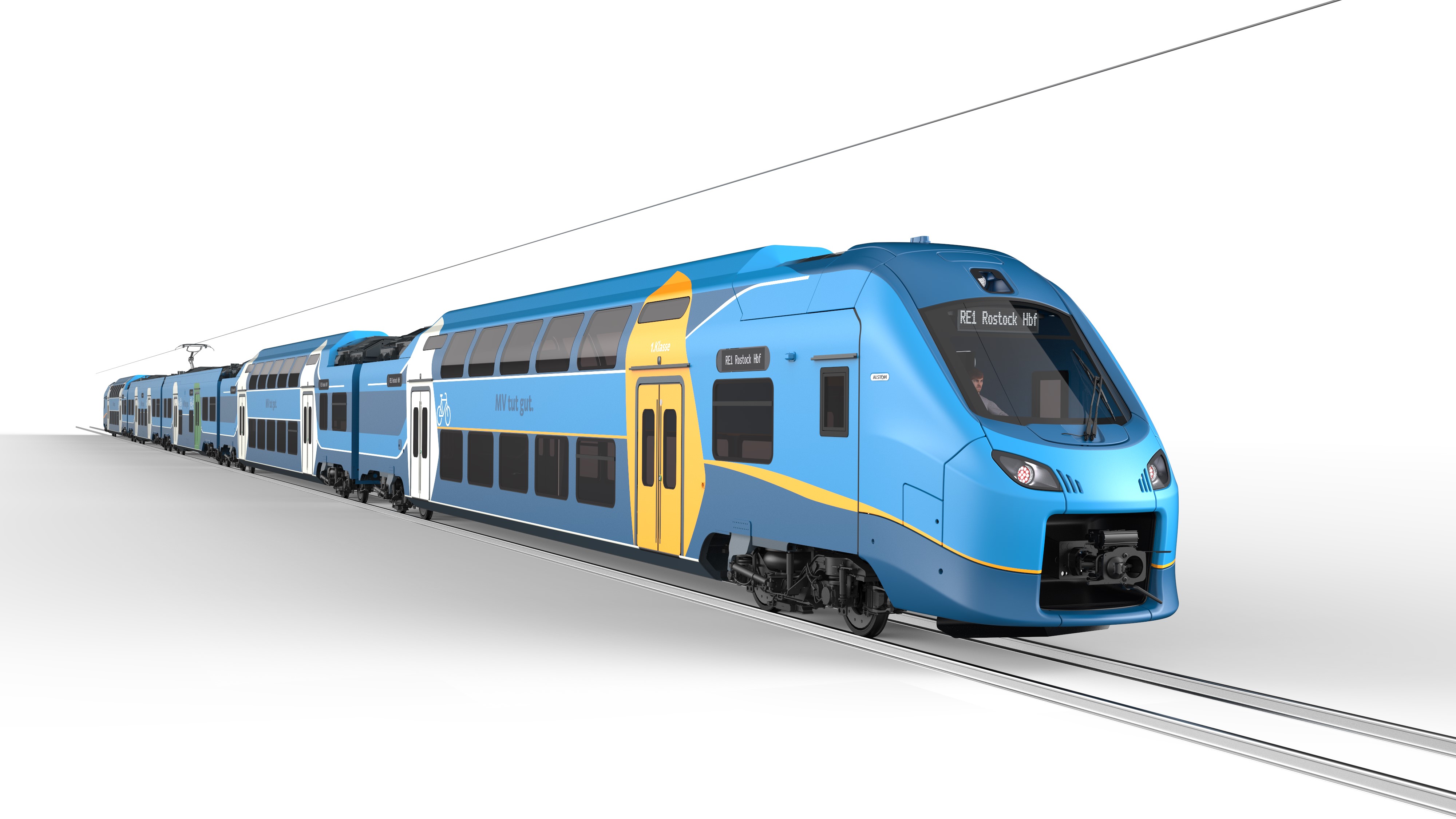
Alstom Wins $2.3 Billion MTA Contract to Build 316 Modern Rail Cars in New York
Alstom's $2.3B Rail Renaissance: MTA Deal Signals Broader Industry Transformation
In the largest U.S. commuter rail procurement since the pandemic, French transport giant Alstom has secured a €2 billion ($2.3 billion) contract to supply 316 state-of-the-art M-9A rail cars to New York's Metropolitan Transportation Authority. The July 7 agreement, which includes an option for 242 additional cars worth €1.3 billion, represents more than just a fleet upgrade—it signals a fundamental shift in American transit manufacturing and investment priorities.

Beyond the Steel: The Hidden Economics Reshaping Transit Investment
The M-9A trains aren't merely replacements for the aging M-3 models; they embody a strategic convergence of passenger experience, domestic manufacturing, and economic policy. Each €6.3 million car features extra-wide doors for faster boarding, USB charging ports, wheelchair-accessible spaces, and advanced cybersecurity protections—all manufactured predominantly on American soil.
"This isn't just about new trains; it's about establishing a new baseline for what commuter rail must deliver," explained a transportation analyst who tracks major infrastructure investments. "Agencies that aren't pursuing this level of modernization are effectively falling behind."
What makes the Alstom deal particularly significant is its domestic manufacturing footprint. Production will span three U.S. facilities: Hornell, New York for car bodies; Plattsburgh for bogies; and Pennsylvania for propulsion systems—creating nearly 300 mostly unionized jobs.
The Bigger Picture: A $10.9 Billion Railway Renaissance Underway
Industry analysts note that the Alstom contract represents only the initial wave of a much larger transformation. The MTA's 2025-29 capital plan allocates approximately $10.9 billion for roughly 2,000 additional rail cars, positioning this contract as a strategic beachhead in what could become a decade-long procurement bonanza.
"The political calculus has fundamentally changed," noted one infrastructure investment specialist. "Reshoring manufacturing and creating union jobs are now explicit evaluation criteria, carrying almost as much weight as technical specifications and price."
This shift isn't limited to New York. Across North America and Europe, major transit agencies are pursuing similar modernization efforts:
- Metrolinx in Ontario recently contracted Alstom to overhaul 181 bi-level commuter cars
- Siemens Mobility is building new Amtrak Airo trains for national service
- CAF USA is supplying light rail vehicles for Boston and Houston
- CRRC Sifang America continues work on hundreds of new railcars for Chicago
Wall Street's View: Modest Victory or Strategic Masterstroke?
From a purely financial perspective, the contract adds approximately 2% to Alstom's substantial €95 billion backlog, with gross margins likely below the company's 17.8% group average. The cash flow profile is heavily back-loaded, with most revenue recognition occurring in fiscal years 2029-2032.
"In isolation, this contract moves Alstom's intrinsic value needle by only about €0.20 per share," observed a veteran transportation sector analyst. "However, its strategic significance far outweighs the immediate economics."
With a market capitalization of €8.9 billion and trading at roughly 12 times FY 25/26 earnings, Alstom's valuation remains undemanding. The share price uptick of approximately 1% following the announcement suggests investors understand both the strategic potential and the execution challenges ahead.
America's Rail Renaissance: Supply-Side Economics
The competitive landscape for U.S. rail manufacturing has tightened considerably, creating potential pricing power for established players. Alstom's control of two major U.S. production facilities—gained through its Bombardier Transportation acquisition—gives it a formidable competitive moat against rivals like Siemens, CAF, and Stadler. Meanwhile, Chinese manufacturer CRRC faces growing political headwinds.
This consolidation coincides with three powerful tailwinds: aging infrastructure requiring urgent replacement, increased passenger expectations for modern amenities, and sustainability mandates driving electrification. Perhaps most significantly, federal and state funding for transit has reached historic levels, providing financial certainty for large-scale procurements.
"We're witnessing a perfect storm of need, funding, and political will," noted an infrastructure policy expert. "The question isn't whether this rail renaissance will continue, but rather which manufacturers will capture the most value."
The Hidden Risks: Fixed Prices in an Inflationary World
Despite the optimistic outlook, several significant risks loom. The contract exposes Alstom to U.S. wage inflation, which is running at 4-5% against typical 2% escalator clauses in many state contracts. MTA funding volatility remains a concern, as evidenced by the 2024 pause on $16.5 billion of projects when congestion-pricing was delayed.
Alstom also continues working through integration challenges from its Bombardier acquisition, with six North American projects still carrying elevated contingency reserves. Any execution slippage could offset gains from the new contract.
"The fixed-price nature of these contracts creates a double-edged sword," explained a manufacturing sector specialist. "The visibility is fantastic, but the margin for error is razor-thin, especially in this inflationary environment."
Investment Outlook: Cautious Optimism with Upside Potential
For investors considering Alstom, risk-reward appears skewed 3:1 to the upside over a 24-month horizon, provided free cash flow remains above €500 million in FY26. While the MTA contract itself isn't a catalyst, it significantly improves visibility as the company's deleveraging narrative gains traction.
Under a bull case scenario—where the 242-car option is exercised and gross margins reach 18%—Alstom shares could reach €26, representing approximately 32% upside from current levels. The bear case, assuming cost overruns and funding delays, suggests a downside risk of around 22%.
"This looks like an accumulate-on-dips opportunity with a two-year view," suggested a transportation equity analyst. "The target of €24 per share seems reasonable as the balance sheet normalizes and U.S. order momentum builds."
Note: This analysis represents informed opinion based on current market data and established economic indicators. Past performance does not guarantee future results. Readers should consult financial advisors for personalized investment guidance.